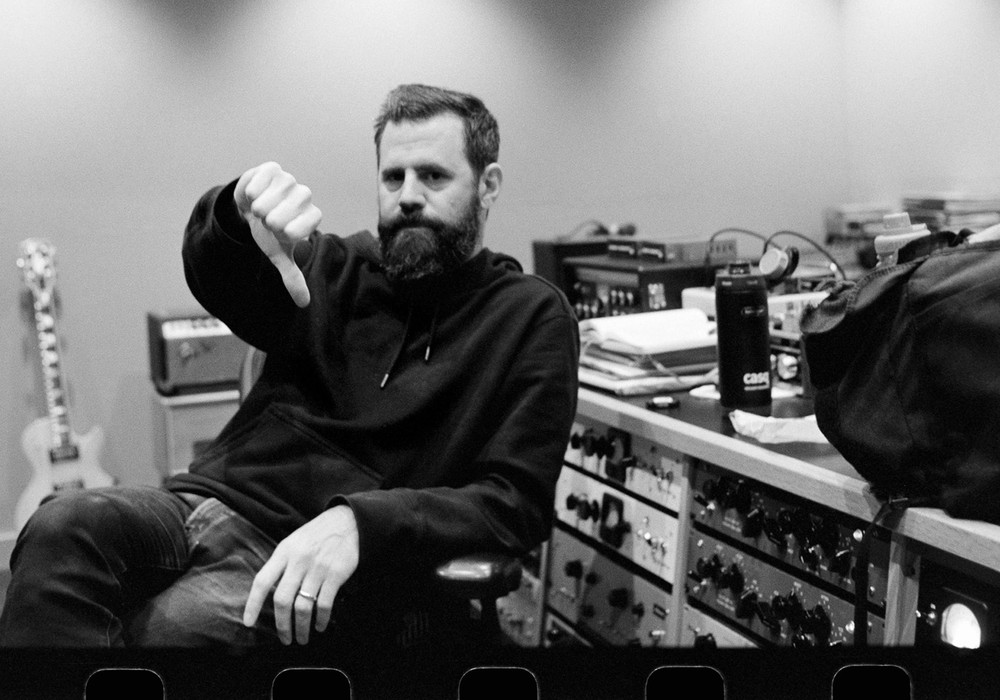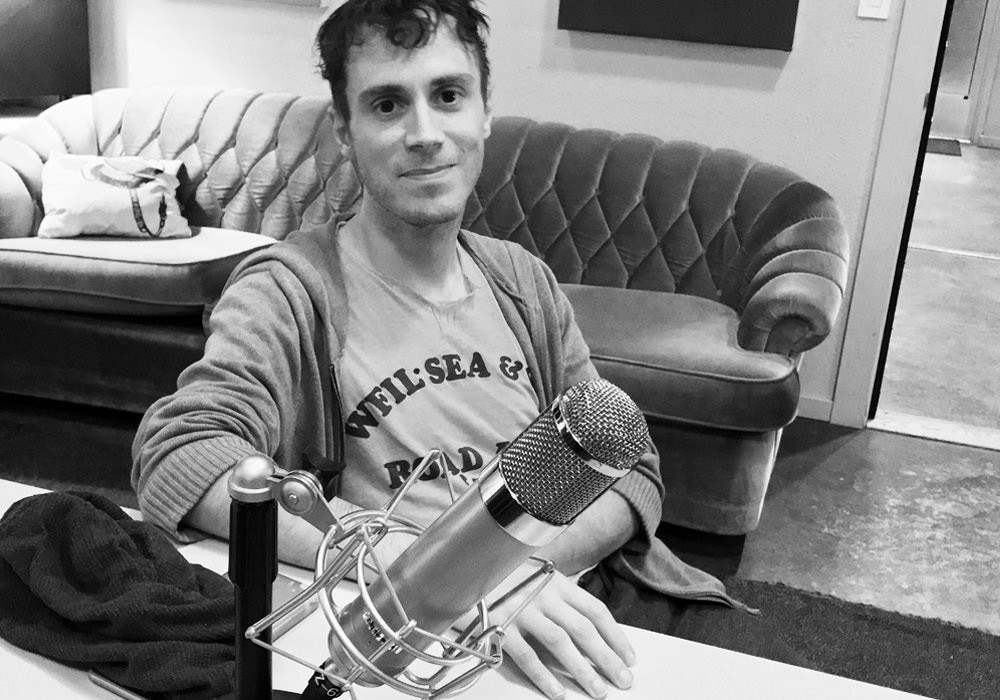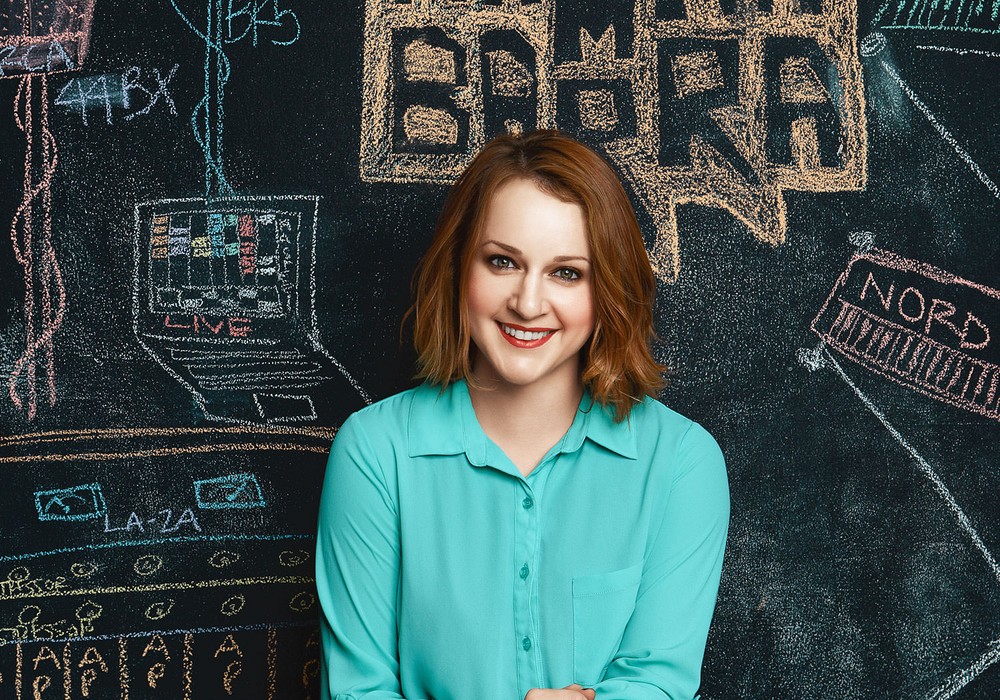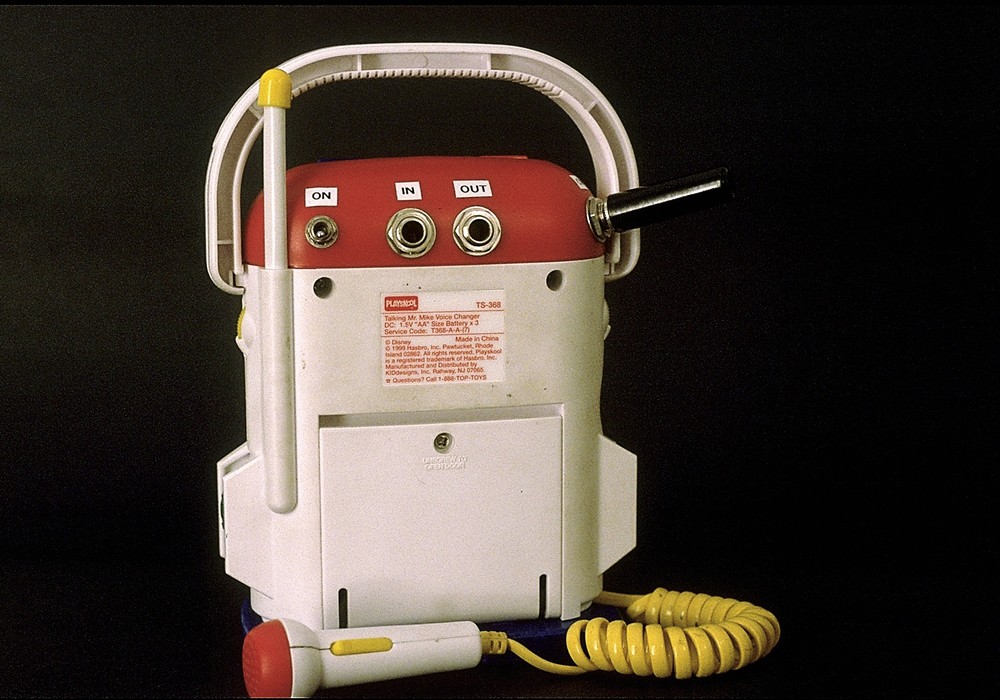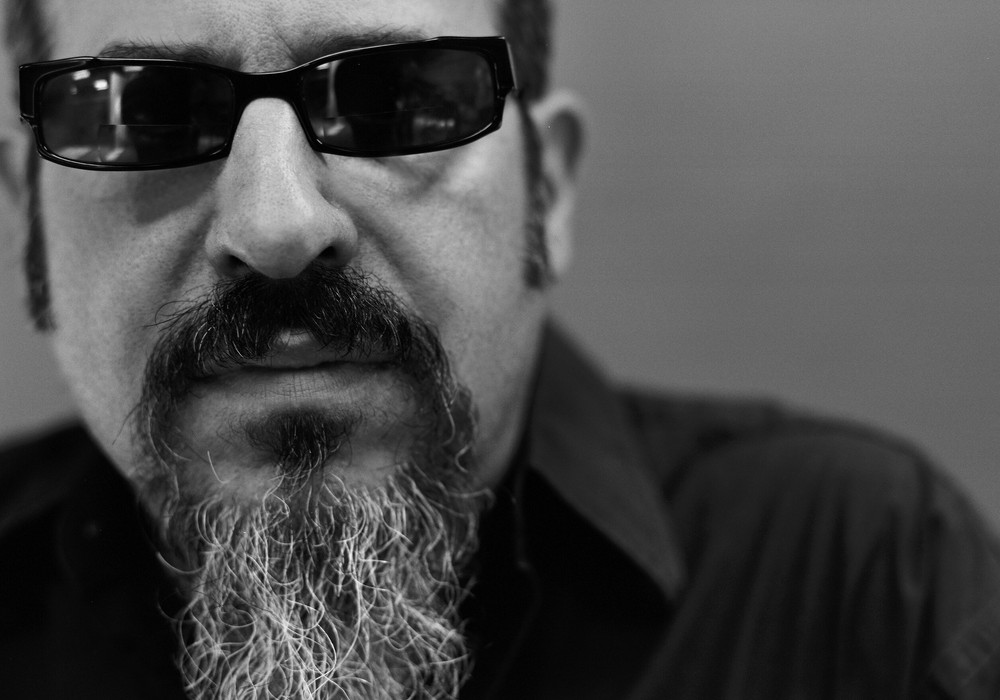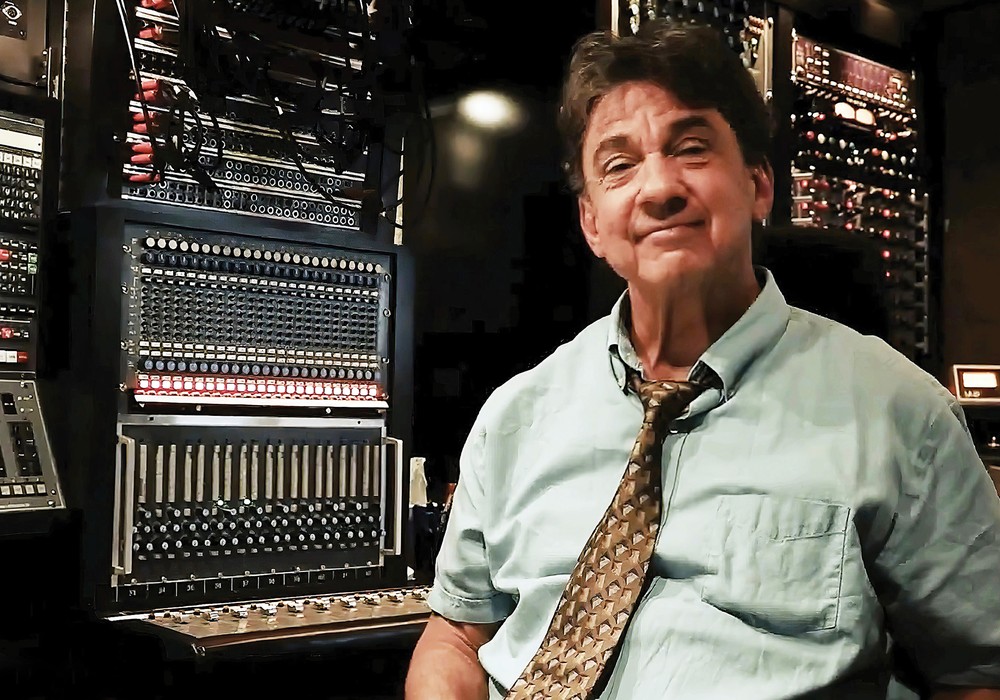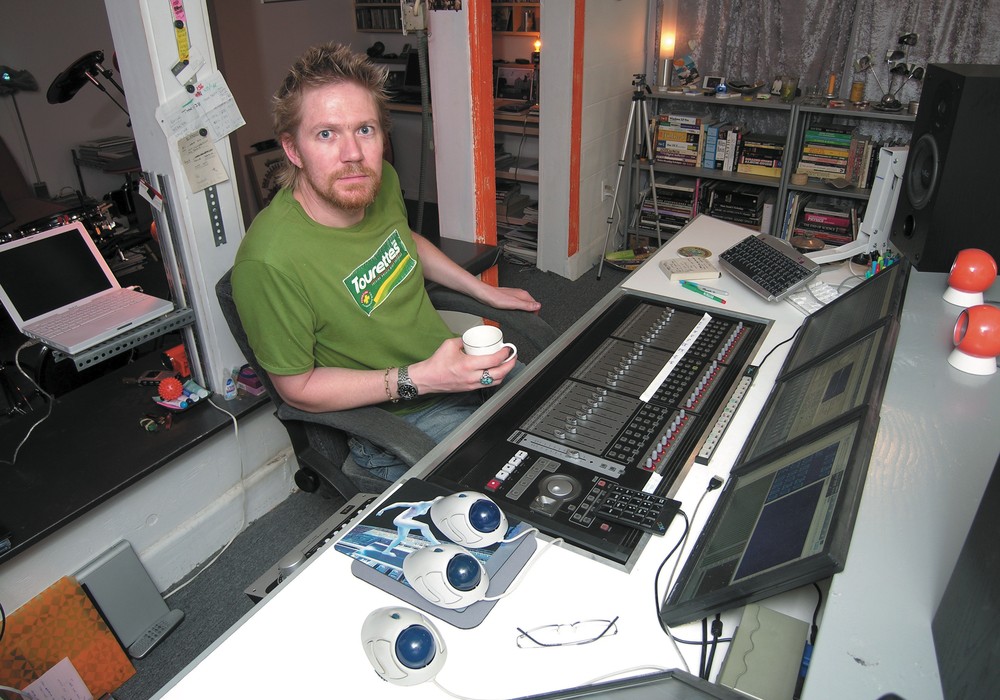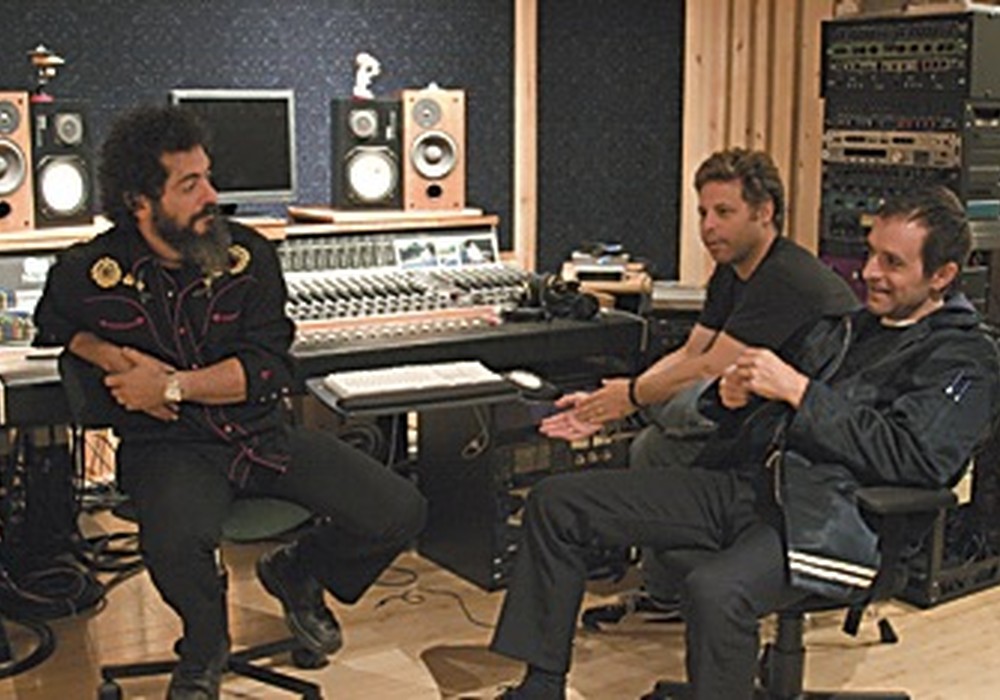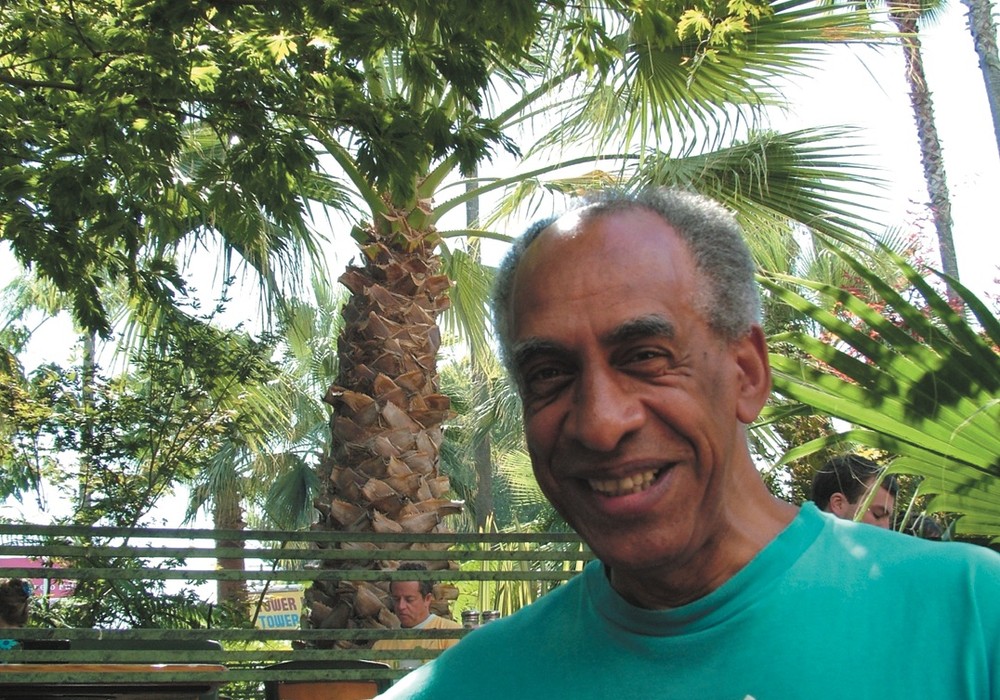VintageWarmer was one of the first "must have" plug-ins for digital recording. Mateusz Wozniak is co-founder and lead developer of PSPaudioware. Recent plug-ins include PSP 2445 (inspired by the EMT 244 and 245 early digital reverberators) and the PSP E27 equalizer plug-in (modeled after the analog equalizer E27 produced by Avedis Audio Electronics).
When your first plug-ins came out, Poland was not known for audio software.
Everything comes from passion. I grew up in a house where music has been very important, and by music I mean not only live music but also recordings. I remember going to recording studios when I was a kid. It kind of makes me wonder whether the sound I used to hear back then is what I try to recreate now. On the other hand there is live music; a direct connection between the artist and the listener creates a huge emotional space, which I also try to bring out in our plug-ins. We had very good audio equipment at home that included an Akai reel-to-reel tape recorder, which was used by my father for his work in the theatre. Education was another factor that helped me develop my musical sensitivity. I didn't attend music school for an extended period of time, but apparently it was enough for me to be able to perceive music differently. I didn't feel capable of becoming an instrumentalist, which eventually turned out to be a good decision. Sometimes it makes more sense to give up on something and focus on the things that really drive you. I always wanted to work with sound, as well as do more engineering work, rather than just play other people's music. Shortly after finishing my first degree, I started my adventure with sound.
What was the first environment you worked in?
Initially I was working with MIDI on Atari ST running Cubase. A Tascam 238 [cassette 8-track], reverb effect, mixing desk, and a solid reel-to-reel ReVox unit as master recorder were added later on. The next step was, of course, a full-featured DAW. Our first digital system was a simple modular 16-bit Spectral Design sequencer with a configurable number of tracks, filters, and converters. Then came a Yamaha audio card with a DSP mixer on board, as well as two converter modules. At the time it gave us amazing possibilities — we could connect our external reverbs to it while mixing while the filters and dynamics were handled by the DSP module. That was very important, because the CPU was too weak to handle all those tasks and the audio software was not very reliable back then. I was learning as I went, which resulted in making a lot of mistakes. One of the most common ones was making bass-heavy mixes. But there were some good sides to the old days too. For example, mistakes made on tape sound completely different than mistakes made in a fully digital environment. Understanding the difference is crucial when looking for a good sound, from the algorithmic perspective.
They say that analog tape is very forgiving.
The first analog mixes I made were rather grotesque sounding, or at least had an archaic vibe to them, but they still managed to sound quite pleasant. Making similar mistakes while working on a computer usually caused the material to be totally unlistenable. What I used to do back then wasn't quite suited for the radio, but still sounded pretty cool, as far as demo projects. I used to work on theatrical projects as well, and those problems don't exist in that world. What fascinated me the most were the reverb effects — we could get some nice sounds out of those units in the late '80s.
Is there any particular reverb module you have in mind? There weren't a lot of them around back in the '80s.
It's true, and on top of that the ones that were available were not affordable. Luckily we managed to get our hands on the Dynacord DRP 20X. It was a digital reverb unit with additional chorus and delay effects on board. The reverb sound was stunning. I can't imagine anything sounding better back in the day, unless, of course, you had money to get yourself a Lexicon 240 or 480. The thing about reverb is that listeners' preferences change with time. Back in those days we were looking to get some big sounds out of our reverb boxes. This was especially applicable in the theatre music, and when we were looking for more experimental sounds.
...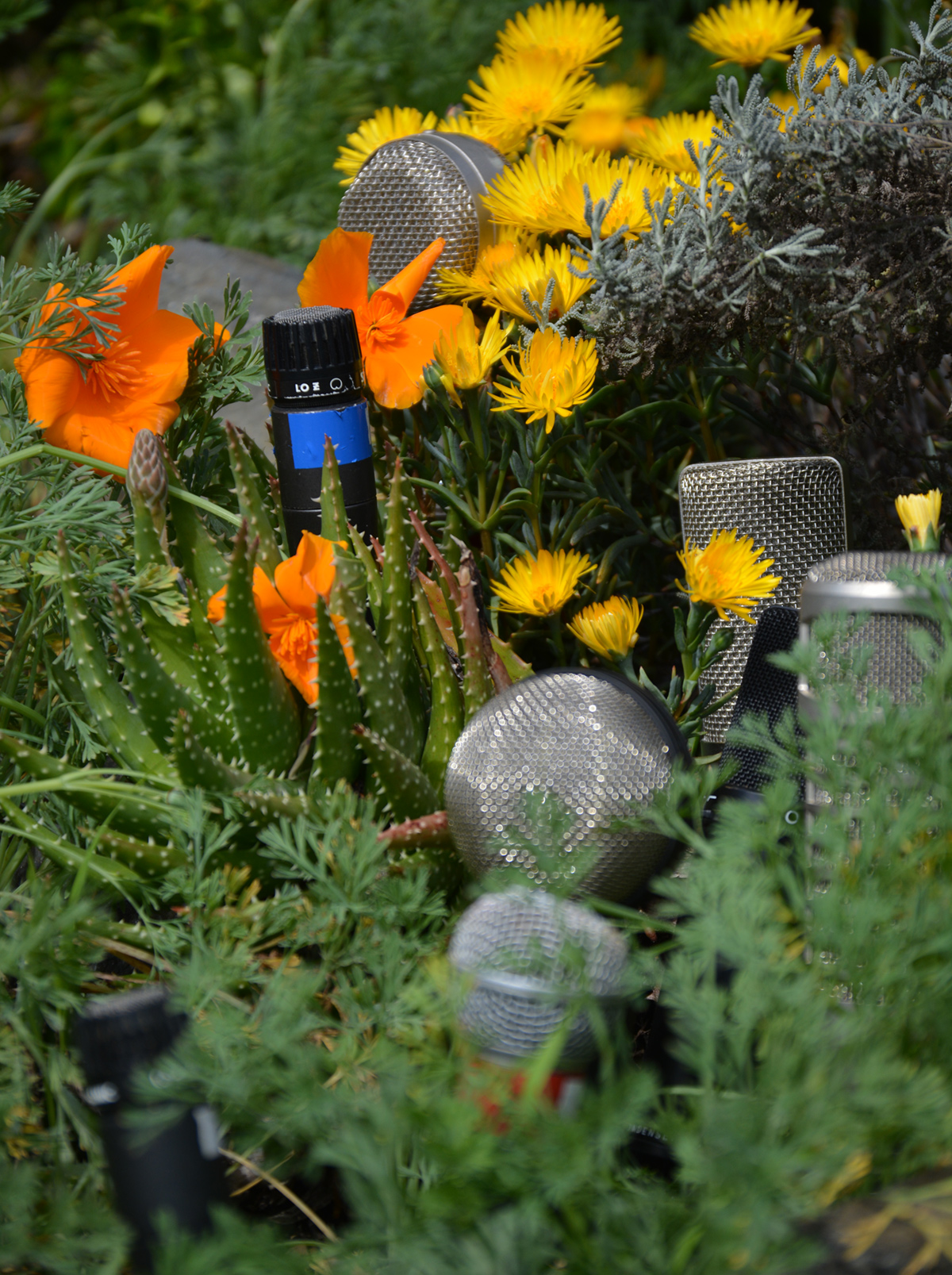

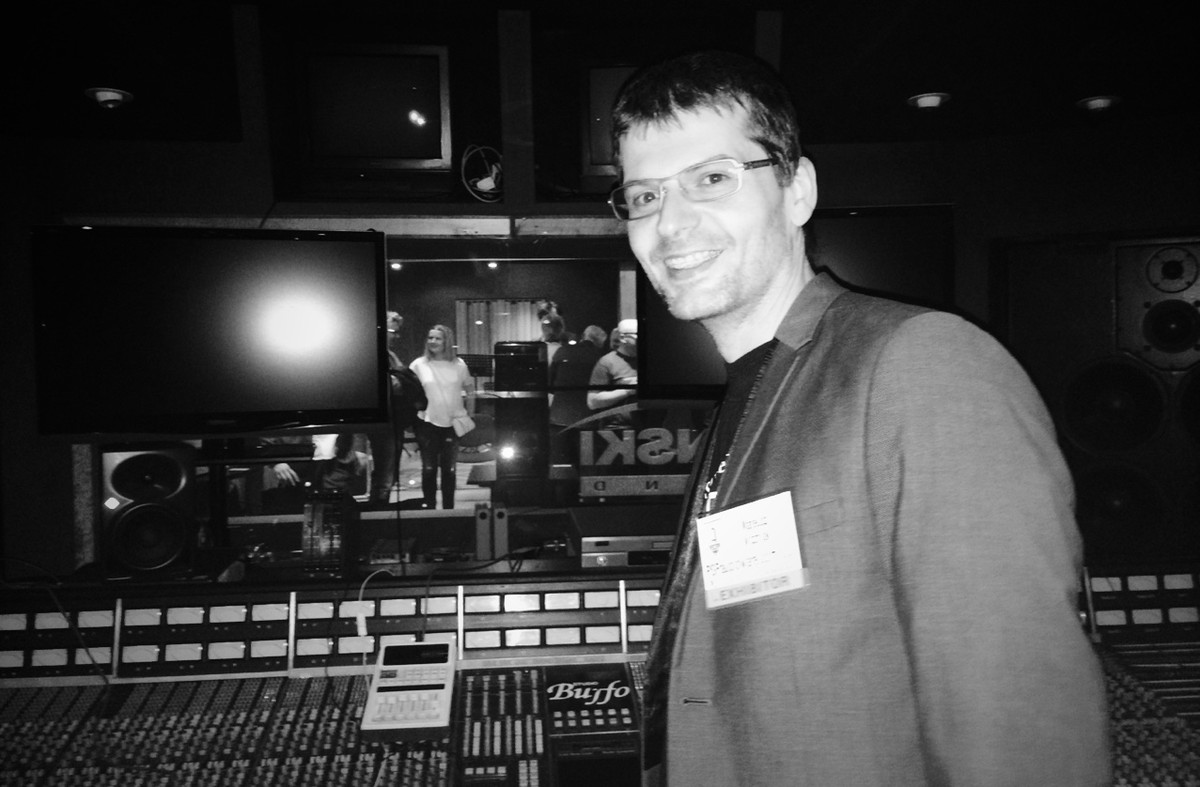
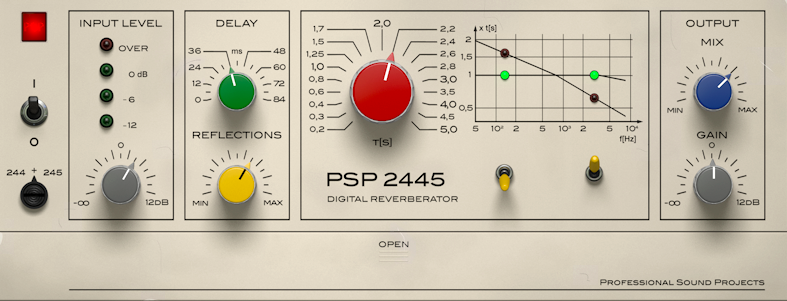


_disp_horizontal_bw.jpg)
